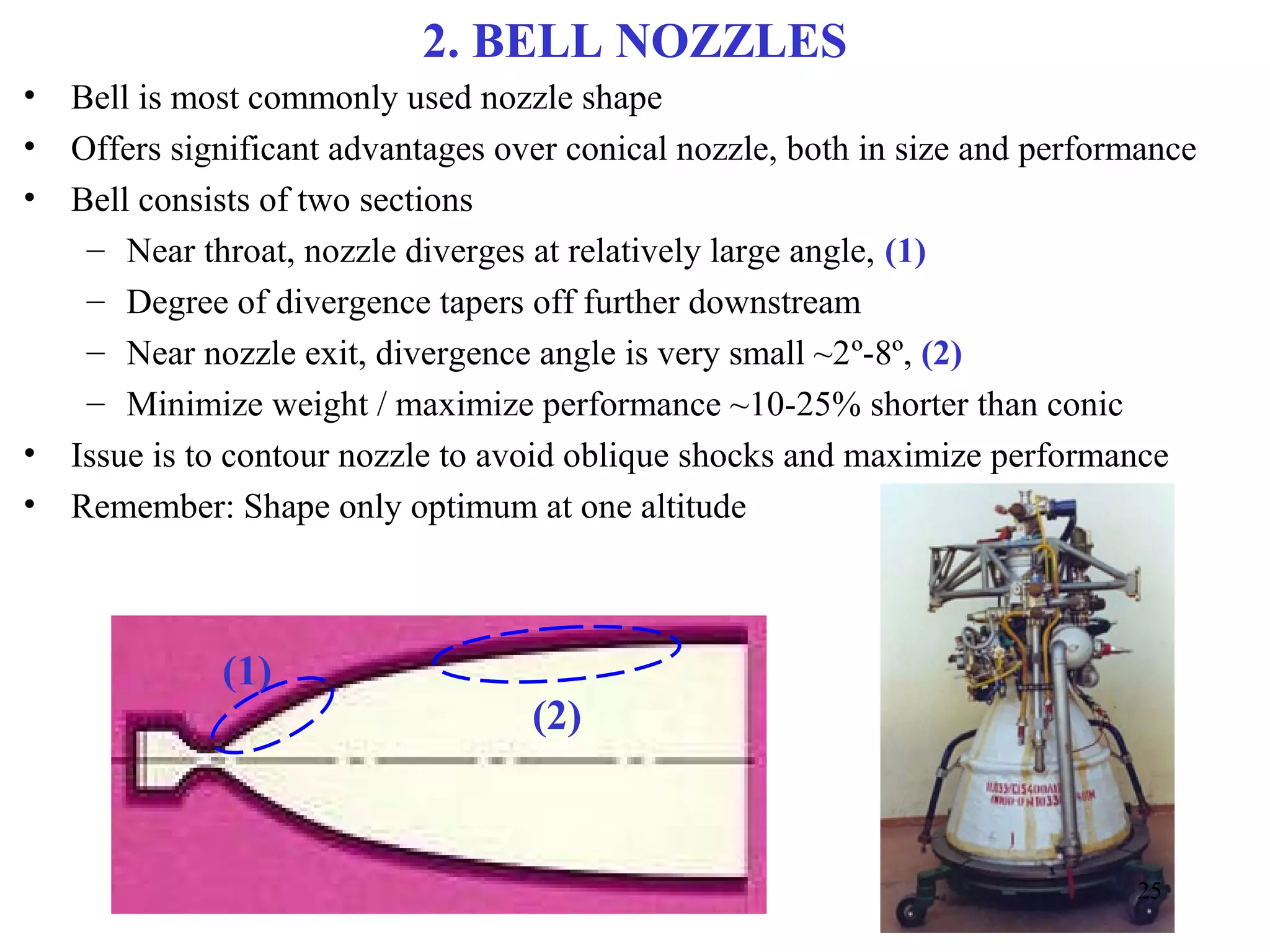MysticDream
- 112
- 9
- TL;DR Summary
- Seeking clarification on how convergent-divergent nozzles behave in sonic/subsonic compressible flows.
Could line "b" become choked if the diameter at point 3 was increased? If so, what is the limit for the diameter and angle of the divergent section of the nozzle? Is there a point at which the angle is too great, and the diverging part is no longer effective, and the flow goes back to behaving like only having a converging section? It seems there must be a limit otherwise choked flow could be achieved with only a very slight pressure difference.


